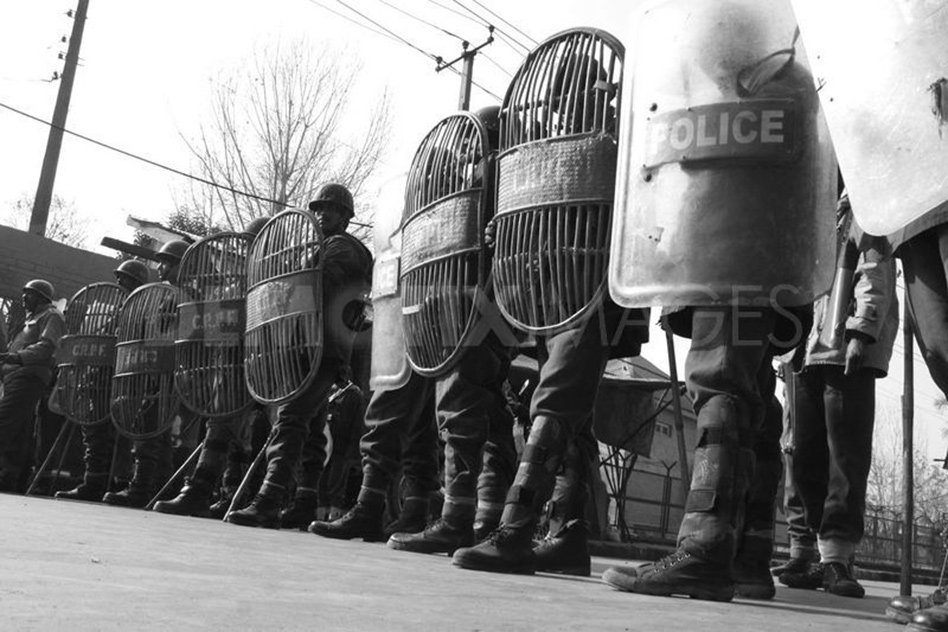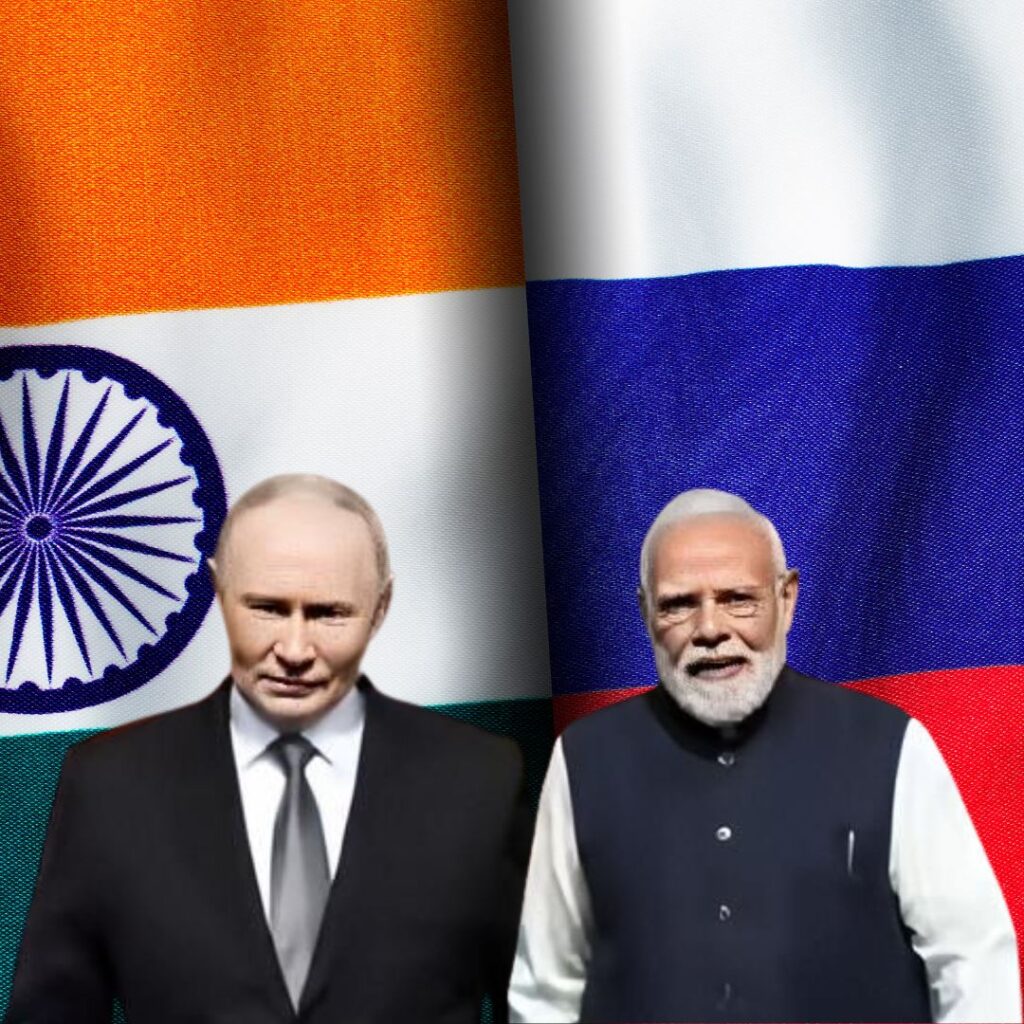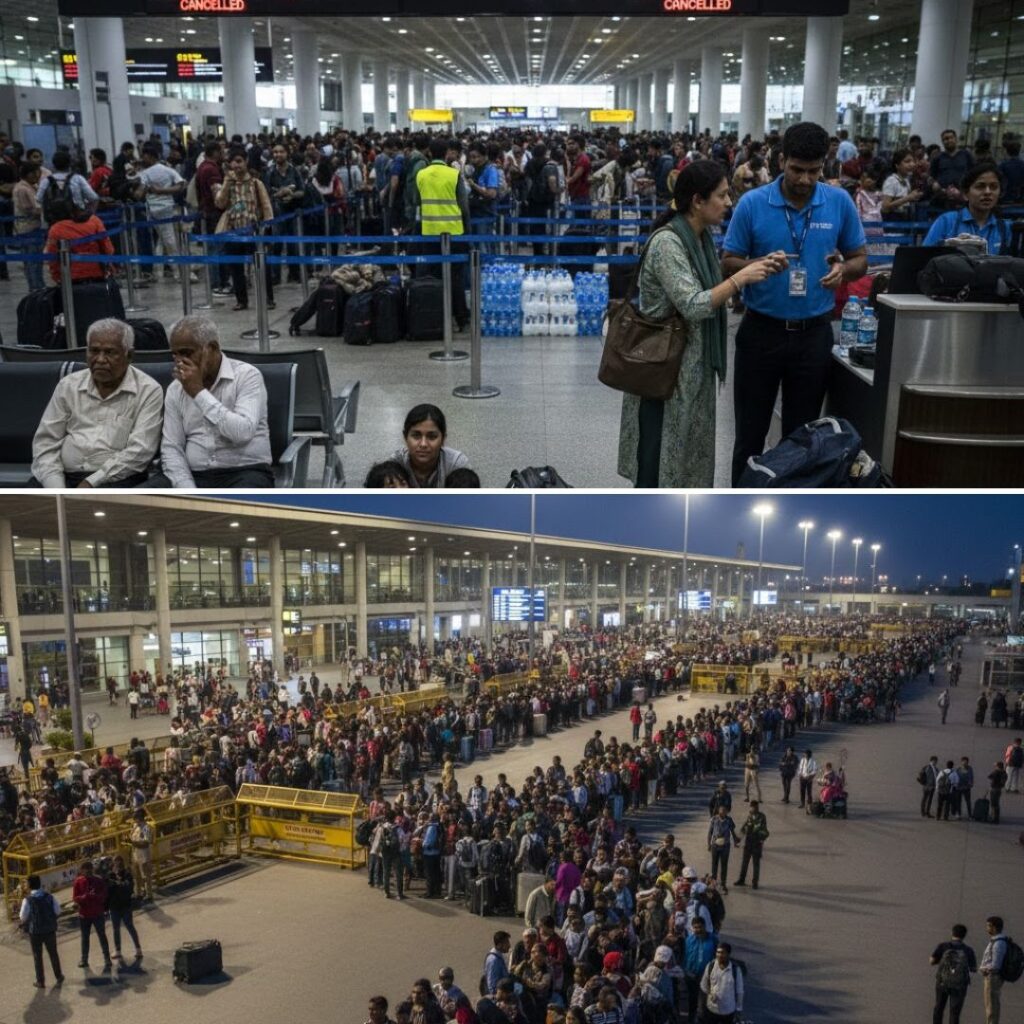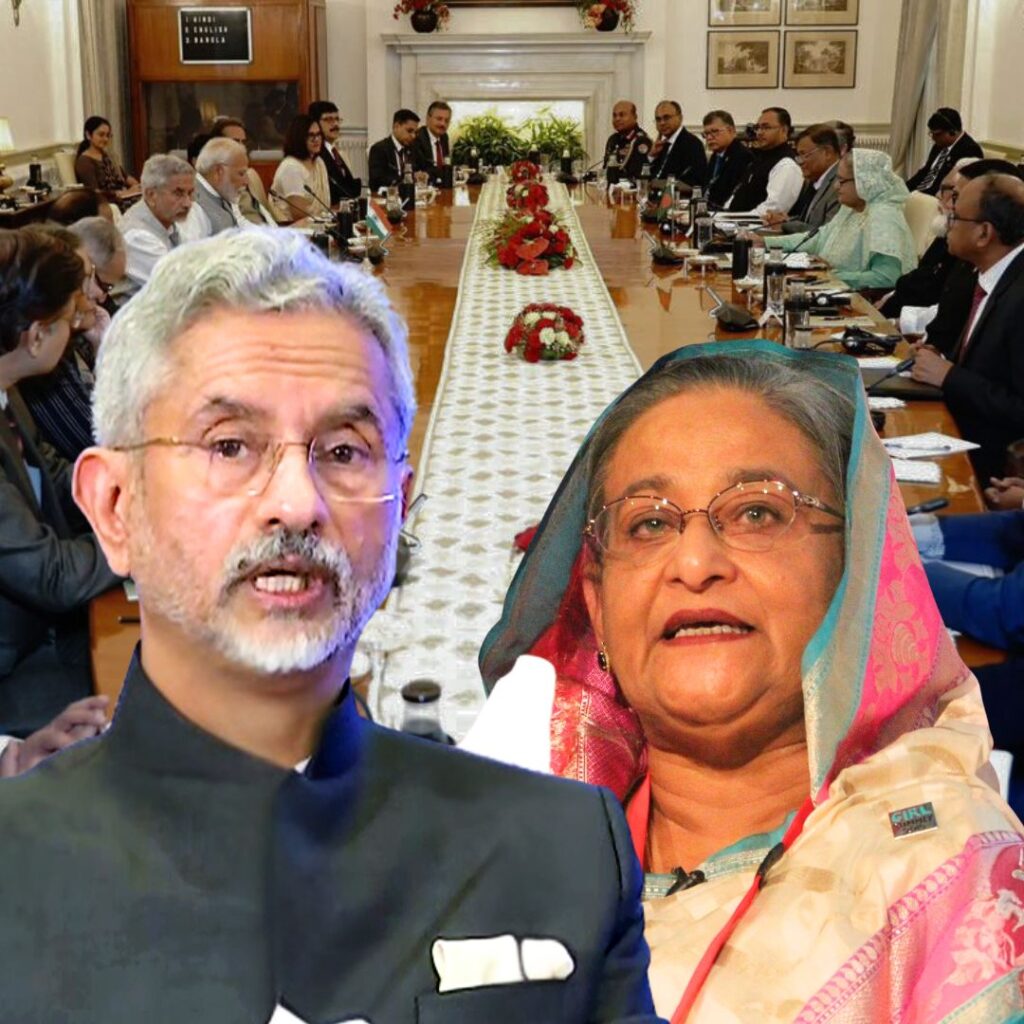The Kashmir Conflict is one of the biggest disputes of the past century and one of the longest existing conflicts. It began officially on 1947 and continues to this day. In 68 years it has caused the death, displacement and destruction of thousands of people. To understand this conflict one must know the history behind the conflict. Below is a timeline of the events leading up to the inception of the conflict and the course of the same. The reader is advised to research further on the issue so that he or she can have an informed, educated opinion on the subject.
Kashmir Before 1947
9 March 1846: Following victory in the First Anglo-Sikh War, the East India Company annexes the Kashmir Valley. The princely state of Jammu & Kashmir (generally called Kashmir) is formed.
16 March 1846: The Treaty of Amritsar is signed; Gulab Singh is appointed as the ruler of Kashmir in exchange of annual payments and suzerainty. His family will rule Kashmir till 1952.
11 June 1939: The Jammu & Kashmir National Conference is formed. Led by Sheikh Abdullah, the party opposes the unpopular rule of Hari Singh. In May 1946, the Quit Kashmir movement is launched by Abdullah, demanding sovereignty for the Kashmiri people and the repeal of the Treaty of Amritsar.
22-24 March 1940: The All-India Muslim League passes the Lahore Resolution (popularly known as the Pakistan Resolution) demanding a separate nation for Muslims living in British India. The resolution declares that “No constitutional plan would be workable or acceptable to the Muslims unless geographical contiguous units are demarcated into regions which should be so constituted with such territorial readjustments as may be necessary.”
15 July 1947: The British Parliament passes the Indian Independence Act, relinquishing control of the subcontinent to the Dominions of India and Pakistan.
14 August 1947: The Dominion of Pakistan (in 1956 it became the Islamic Republic of Pakistan) comes into being.
15 August 1947: The Union of India (officially the Republic of India) comes into being.
1947 – 1948: INC leaders campaign relentlessly to convince each of the hundreds of princely states to join the Dominion of India instead of opting for Pakistan or independence. Led by the efforts of Vallabhbhai Patel and VP Menon, almost all the states join India. The three main challenges are posed by Hyderabad, Junagadh – and Kashmir. Junagadh is integrated after a diplomatic crisis and a plebiscite; Hyderabad joins the Indian Union after the Indian Army intervenes through Operation Polo.
The Conflict Begins
Early 1947: A revolt begins in the Poonch region of Kashmir against Hari Singh. Poonch is less than 100 km from Pakistan, and the rebels are actively supplied by Pakistani forces who dubbed them as the “Azad Army”. Hindus and Sikhs are massacred by Muslims.
12 August 1947: Hari Singh asks for a Standstill Agreement with India and Pakistan. The agreement states that “existing arrangements should continue pending settlement of details.” The agreement is signed by only Pakistan. It is widely believed that Singh is still unsure about which country to join, and generally more inclined to opt for independence. Kashmir is a Muslim-majority State ruled by a Hindu king.
September 1947: Muslims in Jammu are massacred by Hindu and Sikh mobs. Thousands of Muslims flee Jammu even as thousands of Hindus and Sikhs flee Poonch. The situation in Kashmir has denigrated drastically.
22 October 1947: Tribal militias composed of Pathans equipped by the Pakistani Army rally with the Poonch rebels and dissidents and invade Kashmir. There is widespread looting, pillaging and raping as the tribals quickly make their way to Srinagar.
26 October 1947: Hari Singh writes to then-Governor-General Mountbatten, saying that “… soldiers in plain clothes, and desperadoes with modern weapons have been allowed to [infiltrate] the State … In spite of repeated requests made by my Government no attempt has been made to check these raiders … The Pakistan Radio even put out a story that a Provisional Government had been set up in Kashmir. The people of my State both the Muslims and non-Muslims generally have taken no part at all … I have no option but to ask for help from the Indian Dominion. Naturally they cannot send the help asked for by me without my State acceding to the Dominion of India. I have accordingly decided to do so and I attach the Instrument of Accession for acceptance by your Government …”
26 October 1947: The Instrument of Accession is signed; Hari Singh accedes the princely state of Jammu & Kashmir to India. The location where the document was signed is contested; some historians say it’s Delhi, others argue it’s Srinagar. The National Conference – the strongest political party in Kashmir – endorses the Accession saying that now “India has the legal and moral justification” to send in the Army.
The First Indo-Pakistani War & UN Intervention
27 October 1947: The Indian Army enters Kashmir to repeal the invaders. The First Indo-Pakistani War begins.
1 November 1947: Mountbatten meets with Jinnah in Lahore, proposes that in those princely states where the ruler did not accede to a Dominion corresponding to the majority of his population, the accession would be reviewed by an “impartial reference to the will of the people” (such states would’ve included Kashmir, Junagadh and Hyderabad). Jinnah rejects the offer.
1 January 1949: India takes the Kashmir issue to the United Nations Security Council, invoking Article 35 of the UN Charter. Consequently, the United Nations Commission for India and Pakistan (UNCIP) is set up.
21 April 1949: Resolution 47 of the UNSC is passed, recommending a UN-mediated plebiscite in Kashmir. To ensure that such a plebiscite can be held, the UN asks Pakistan to remove all its troops and tribals, and asks India to reduce its military presence in the region to a minimum. The imposition of an immediate ceasefire is advised.
1 January 1949: Ceasefire is imposed; the War ends. India is left in control of Ladakh and most of the Valley and southern regions while Pakistan is left in control of northern regions and what comes to be known as “Azad Kashmir”. The ceasefire line comes to be known as the Line of Control, the international border between India and Pakistan in Kashmir.
Article 370, The Sino-India War & The 1965 War
1948-1951: The UN puts up several proposals on how a plebiscite could be conducted in Kashmir; none of them are accepted by India and Pakistan.
17 October 1949: Article 370 of the Indian Constitution is adopted; J&K becomes a State in the Indian Union, albeit one with extra privileges.
1951: Elections are held in the Indian State of Kashmir for the first time since independence. The election is not a substitute for a plebiscite.
30 October 1956: The Kashmiri State Constituent Assembly adopts a State Constitution declaring it an integral part of the Indian Union.
1962: The Indo-China War takes place. An ill-prepared India suffers territorial losses as China occupies Aksai Chin. The Line of Actual Control divides India and China in the region.
2 March 1963: The Sino-Pakistan Frontier Agreement is finalized; Pakistan cedes the Shaksgam Valley to China, a region Pakistan neither occupied nor administered. Relations with India denigrate further.
1965: Following a failed attempt by Pakistani forces to precipitate insurgency in Kashmir, full-scale fighting breaks out between the two countries.
10 January 1966: The Tashkent Declaration is ratified. It states that both sides will withdraw to pre-1965 borders and that the two neighbours would “consider measures towards the restoration of economic and trade relations … as well as cultural exchanges between India and Pakistan”.
The Bangladesh Liberation War And The Simla Agreement
1971: After Pakistan carries out air strikes on 11 Indian airbases, India retaliates by sending troops to support the Mukti Bahini, East Pakistan’s rebel outfit. The Bangladesh Liberation War ends with a decisive Indian victory and the creation of Bangladesh.
2 July 1972: The Simla Agreement is signed. The pact reaffirms the Line of Control and asks for more bilateral cooperation between the two nations.
13 April 1984: Through Operation Meghdoot, India gains control of the desolate Siachen glacier. The skirmishes in the region would subside only in 2003 when a ceasefire would be imposed.
Rise Of Insurgency In Kashmir
1987: Due to elections that are widely accused of being rigged, low social security, negligent economic development and widespread dissatisfaction, protests break out in Kashmir.
1989: The Soviets leave Afghanistan 10 years after invading it. Now, dangerously armed mujahadeen spark Islamic radicalism in the Valley. Within a year, mass insurgency breaks out. Police firing on protests contributes to increasing frustration and instability in the region.
September 1990: The Armed Forces (Jammu and Kashmir) Special Powers Act (AFSPA) is enacted. It will become one of India’s most controversial and debated legislations.
1990s: Insurgency continues to grow; Islamic radicalism and religious fundamentalism spread even as indigenous Kashmiri Pandits are driven out of the region in thousands. The exodus destabilizes the region further.
Kargil War, Military Standoff & The 2014 Assembly Elections
May-July 1999: The Kargil War begins after Pakistani soldiers cross the Line of Control and team up with insurgents. Due to military and diplomatic opposition, Pakistan withdraws behind the Line of Control. It is the only war ever fought by two nuclear-weapons nations through conventional methods.
2001-2002: Terrorists attack the J&K Legislative Assembly and later the Indian Parliament. Tensions escalate and the threat of nuclear warfare looms as India and Pakistan engage in a military standoff along the Line of Control. Conflict is narrowly avoided due to international diplomatic mediation.
26 November 2008 – 29 November 2008: 10 terrorists carry out 12 attacks in Mumbai, killing 164 and injuring hundreds. Due to Pakistan’s links with the terror outfits, India accuses Pakistan of harbouring terrorists. Bilateral relations that were restored in 2003 are invalidated. Meanwhile, insurgency in Kashmir continues.
2014: The Kashmiri Legislative Assembly elections see the highest voter turnout in 25 years; India claims it is evidence that the Kashmiri people have embraced Indian democracy.











